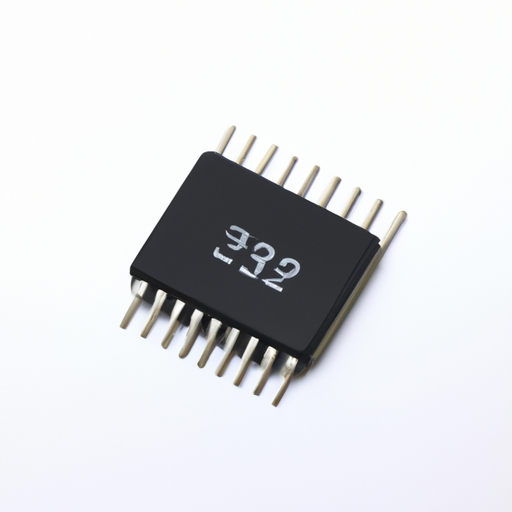Overview of Specialized ICs
Specialized integrated circuits (ICs) are tailored for specific applications, distinguishing them from general-purpose ICs. They encompass a variety of types, each designed to meet particular functional requirements. Key categories include:
| 1. Application-Specific Integrated Circuits (ASICs) | Custom-designed for specific tasks, such as in telecommunications, automotive, or consumer electronics. |
| 2. Field-Programmable Gate Arrays (FPGAs) | Reconfigurable ICs that can be programmed post-manufacturing to perform various functions, making them versatile for different applications. |
| 3. Digital Signal Processors (DSPs) | Optimized for real-time processing of digital signals, commonly used in audio, video, and communications systems. |
| 4. Microcontrollers (MCUs) | Compact ICs that integrate a processor, memory, and peripherals, ideal for embedded systems. |
| 5. Power Management ICs (PMICs) | Manage power requirements, including voltage regulation and battery management, crucial for portable devices. |
| 1. High Integration | Specialized ICs often combine multiple functions into a single chip, reducing size and enhancing performance. |
| 2. Low Power Consumption | Many are designed for energy efficiency, essential for battery-operated devices. |
| 3. Real-Time Processing | DSPs and MCUs are optimized for immediate data processing, suitable for applications like robotics and automotive systems. |
| 4. Customizability | FPGAs allow for hardware-level customization, enabling developers to adapt the IC to specific needs. |
| 5. Robustness | Designed to operate in harsh environments, many specialized ICs are suitable for industrial and automotive applications. |
Core Functional Technologies
Application Development Cases
1. Telecommunications: ASICs are extensively used in telecommunications for signal processing, enhancing data transmission speeds and network efficiency. For example, a telecom provider might implement an ASIC to optimize the performance of a 5G base station, improving coverage and data rates.
2. Consumer Electronics: Specialized ICs in smartphones and tablets manage power consumption and enhance multimedia capabilities. A PMIC in a smartphone optimizes battery life by efficiently managing charging and power distribution, allowing for longer usage times.
3. Automotive: FPGAs are increasingly utilized in advanced driver-assistance systems (ADAS) for real-time processing of sensor data, enabling features such as lane departure warnings, adaptive cruise control, and collision avoidance systems.
4. Medical Devices: DSPs are critical in medical imaging equipment, such as ultrasound machines, where they process and enhance images in real-time, significantly improving diagnostic capabilities and patient outcomes.
5. Industrial Automation: Microcontrollers are integral to programmable logic controllers (PLCs) used in automation tasks, allowing for precise control of machinery and processes, enhancing efficiency and reliability in manufacturing environments.
Conclusion
Specialized ICs are pivotal in driving technological advancements across various industries. Their ability to integrate multiple functions, operate efficiently, and be customized for specific applications makes them essential for developing innovative solutions. As technology continues to evolve, the demand for specialized ICs is expected to grow, leading to further advancements in design and functionality, ultimately enhancing performance and capabilities in diverse applications.






